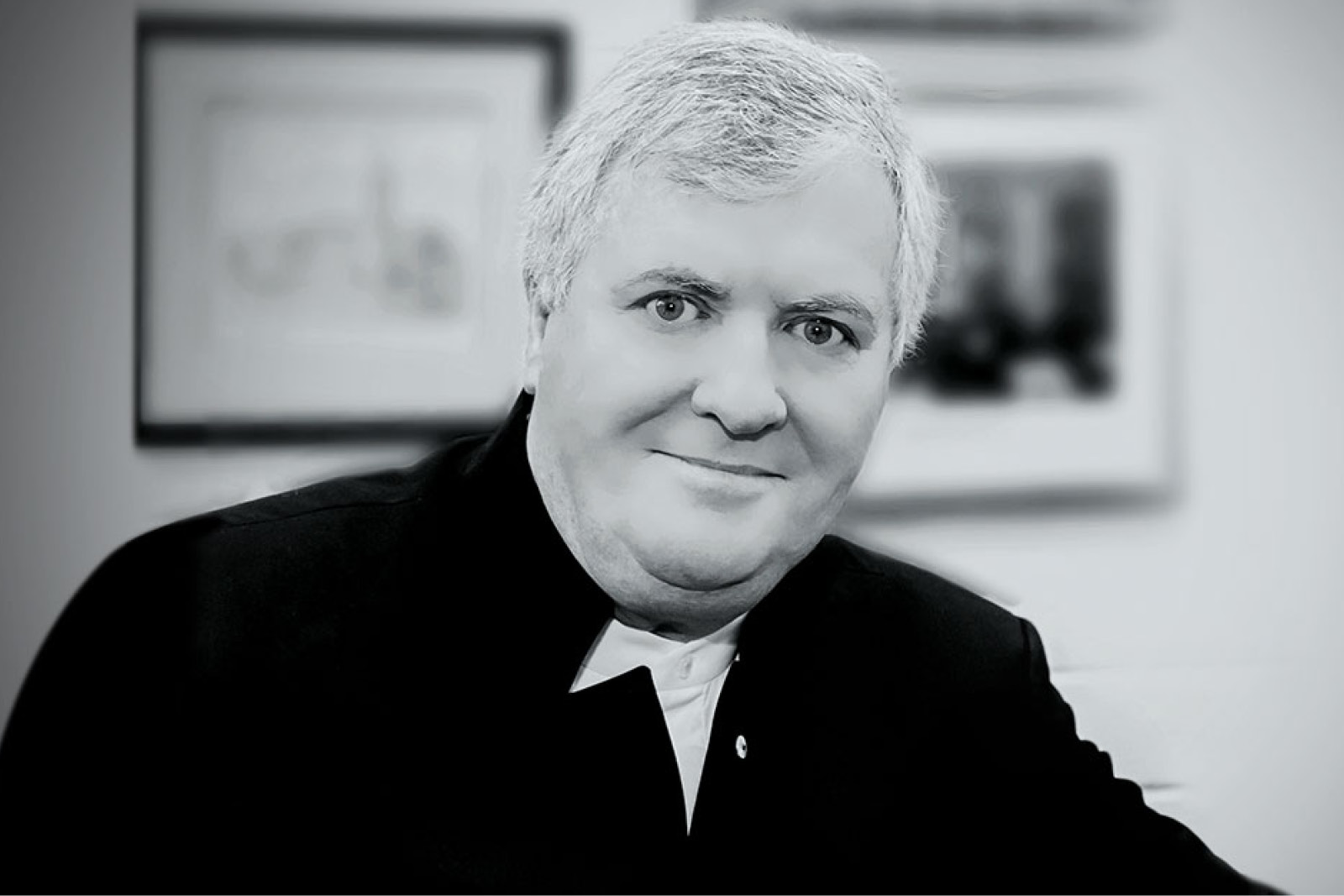The flourish of notes with which esteemed fortepianist Geoffrey Lancaster opened his performance at City Recital Hall on Monday night may have come as a surprise to those expecting the opening figure of Mozart’s K.570 Piano Sonata. While the unassuming way in which the Perth-based musician and scholar caressed the keys suggested a warm-up exercise, the notes – crisp and nutty on a Paul McNulty replica, built for Lancaster in 2011, of an Anton Walter und Sohn fortepiano from Vienna, circa 1805 – were an improvisational forerunner to the descending arpeggio of Mozart’s Allegro. It was just one of many such flourishes strewn playfully – but with great sensitivity – throughout this intimate and personal recital of Mozart’s piano music.
 Geoffrey Lancaster
Geoffrey Lancaster
Mozart himself was partial to Anton Walter’s work as an instrument maker, and his second son Karl Thomas revealed his love of a particular Walter fortepiano. “Most remarkable is the wing-shaped pianoforte for which my father had a special preference to such a degree that he not only wanted to have it in his study all the time, but exclusively used this and no other instrument in all his concerts, regardless of whether they took place in court, in the palaces of noblemen or in theatres or other public places,” he wrote.
While this was, naturally, a public concert, Lancaster’s understated playing evoked something much closer, drawing the listener in with exquisitely rendered details and tantalising softs. The instrument set against the back wall of the stage, Lancaster teased – tortured, even – the audience with his rubato, particularly in K. 570’s Adagio, withholding resolutions, and the pinnacles of phrases, until the absolute last moment the instrument’s decay might allow. His dancing Allegretto was more direct, though not without a wry sense of play.
Mozart’s Piano Sonata in E Flat, K. 282, dates from some 15 years earlier than K. 570 and begins, unusually, with an Adagio movement, preceded here by a more ruminative introduction from Lancaster, each thought unfolding and given space before Mozart’s arpeggiated bass line moved the music along. Restraint began to give way to spikier effects in the Menuettos before a bustling finale in which popping accents gained as much from their delay as from the force of impact.
Lancaster’s pianoforte has three knee-levers under the keyboard, which allowed him to transform the instrument’s sound to such a degree that one might be forgiven for imagining it was a different instrument after the interval, the blooming tone he produced – and rumbling power in low register runs – a step closer to the sound of the modern piano in Mozart’s Rondo in A Minor, K. 511.
He exploited these qualities in the K. 333 Piano Sonata in B Flat, preceding it with a generous improvisation – and a quirky plunge into the bass – before the movement’s descending theme. He held the audience under a spell in a thoughtful, yet sweet, account of the Andante cantabile, drawing out the phrases in a way that could be indulgent in lesser hands but was magical here. The finale glittered while losing none of the simplicity with which Lancaster imbued the entire program, even in the more intense emotional outbursts and softs so deliciously quiet the audience strained to hear. Each note, however – though I can’t speak for every seat in the auditorium – came through crystal clear.
Those with a fixed idea of how these pieces sound might baulk at liberties taken, but I imagine Mozart himself would not. Lancaster brings the authority of some 40 years of experience and research to his performances – and yet ultimately his thesis was one of seduction, appealing to the heart rather than the head. Masterful yet unassuming, this was a recital to treasure.
A final surprise was the first encore, a glimmering, whisper-quiet account of Mozart’s Adagio for Glass Harmonica, K. 356, to bring tears to your eyes, before he sent the audience off into the night with Beethoven’s Für Elise.











Comments
Log in to join the conversation.